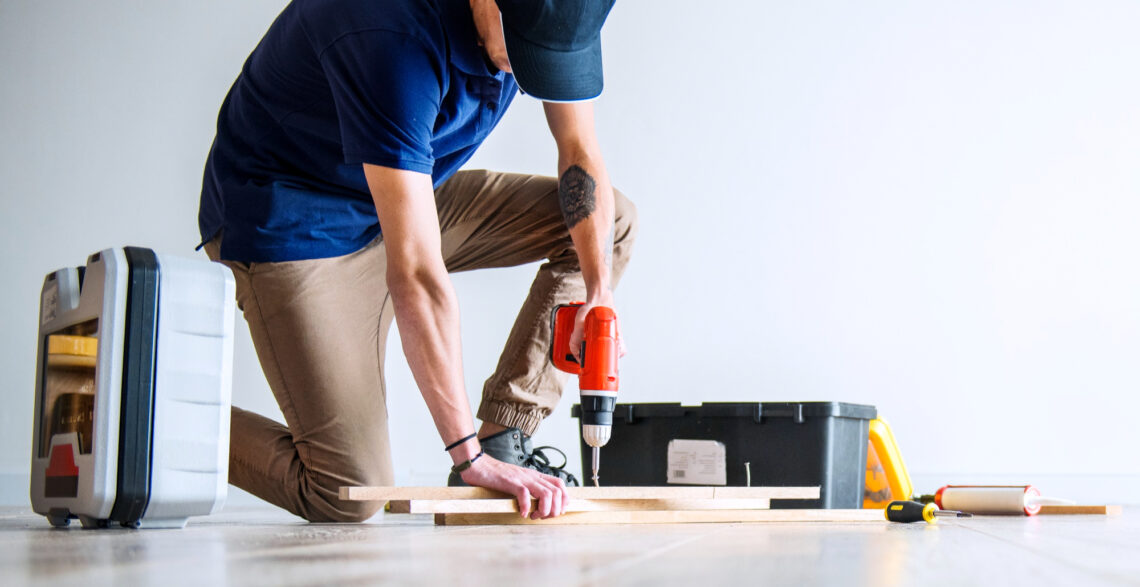Installing new flooring in your home can be a big project, but it can also be a great way to update your space and increase the value of your home. However, before you start the installation process, there are some things you should know to ensure a successful and stress-free experience. In this article, we will cover what you need to know about home flooring installation.
- Plan Ahead
Before you begin the installation process, it is important to plan ahead. Consider factors such as the type of flooring you want, your budget, and the amount of time you have to devote to the project. Create a detailed plan that outlines the steps you need to take to prepare your home for installation, such as removing furniture and baseboards, and make sure you have all the necessary tools and materials.
- Choose the Right Flooring
Choosing the right flooring for your home is an important decision. Consider factors such as the style and design of your home, the amount of foot traffic in the room, and your budget. There are many different types of flooring to choose from, including hardwood, tile, vinyl, carpet, and laminate. Research each type of flooring to determine which one is the best fit for your needs.
- Hire a Professional or DIY?
Decide whether you want to hire a professional flooring installer or do the installation yourself. If you are comfortable with DIY projects and have experience with home improvement projects, you may be able to save money by installing the flooring yourself. However, if you are not confident in your abilities or do not have the necessary tools and experience, it may be best to hire a professional installer.
- Prepare the Room
Before you begin the installation process, you will need to prepare the room. This may include removing furniture, baseboards, and existing flooring. Make sure the subfloor is clean, dry, and level. Any imperfections in the subfloor can cause problems with the installation process and affect the final result.
- Acclimate the Flooring
Certain types of flooring, such as hardwood and laminate, need to be acclimated to the room’s temperature and humidity before installation. Follow the manufacturer’s recommendations for acclimation time and conditions to ensure the flooring is properly acclimated before installation.
- Follow Installation Guidelines
Make sure you follow the manufacturer’s installation guidelines to ensure a successful installation. This may include using the right tools and materials, following specific instructions for laying the flooring, and allowing the proper amount of time for the flooring to acclimate and settle.
- Consider Underlayment
Some types of flooring require underlayment, which is a layer of material installed between the subfloor and the flooring material. Underlayment can help reduce noise, improve insulation, and provide a smoother surface for installation. Check with the manufacturer’s guidelines to determine whether underlayment is necessary for your flooring type.
- Allow for Expansion and Contraction
Certain types of flooring, such as hardwood and laminate, can expand and contract with changes in temperature and humidity. Make sure to leave the proper amount of space between the flooring and walls to allow for expansion and contraction.
- Finish the Flooring
After the flooring has been installed, it will need to be finished. This may include sanding and sealing for hardwood flooring or grouting and sealing for tile flooring. Follow the manufacturer’s recommendations for finishing to ensure a durable and long-lasting finish.
- Maintenance and Care
Once the flooring is installed, it is important to maintain and care for it properly. This may include regular cleaning, using appropriate cleaning products, and avoiding harsh chemicals or abrasive materials. Follow the manufacturer’s guidelines for maintenance to ensure the longevity and beauty of your new flooring.

